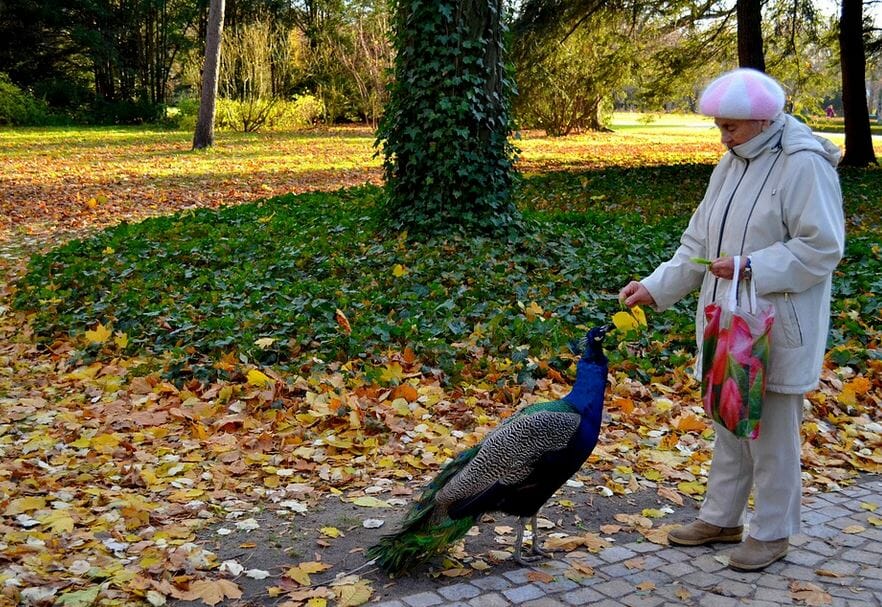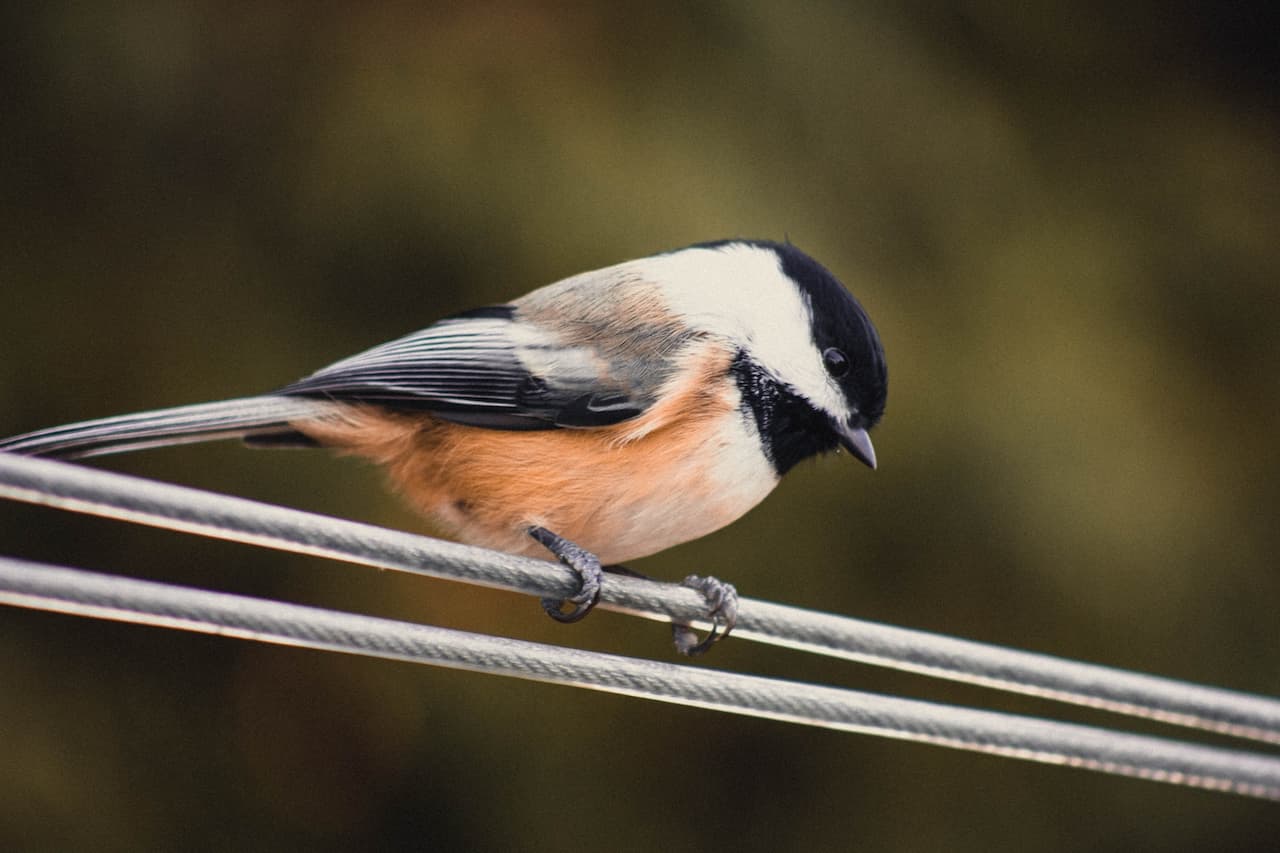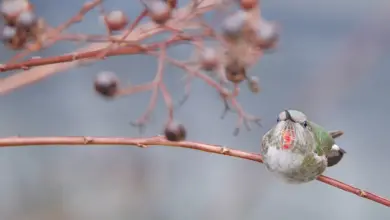Purple-bibbed Whitetips – Hummingbirds
The Purple-bibbed Whitetip (Urosticte benjamini) is a South American hummingbird that occurs naturally in humid forest areas of the Andes of Northwest to Central-western South America; in West Colombia (Rio Nambi Forest, Choco); Southwest Colombia; West Ecuador and Northeast Peru.
Other Names:
Spanish: Colibrí Puntablanca Occidental; German: Purpurbrustkolibri; French: Colibri de Benjamin; Italian: Colibrì marginato di bianco; Japanese: shiroembihachidori Dutch: Wittipkolibrie; Norwegian: Purpursmekkekolibri; Polish: bialosterek zielony Slovak: ink hráškový; Swedish: Purpurbröstad kolibri
Description
Most of the plumage is an iridescent green; except for a white spot next to the eyes. Both males and females have white-tipped central tail feathers. However, the male’s white tail tips are brighter and wider.
Males have a glossy violet patch on the lower throat with a white band immediately below the throat patch
Females lack the white tips and purple throat. The underside is mostly whitish with scattered green spots.
The Purple-bibbed Whitetip from the Pacific slope of Ecuador and the Rufous-vented Whitetip differ in plumage and somewhat in size.

Disputed Taxonomy
- Purple-bibbed Whitetip (Urosticte benjamini benjamini) (Bourcier, 1851)
- Range: Pacific slope of Ecuador
- Rufous-vented Whitetip (Urosticte [benjamini] ruficrissa) (Lawrence, 1864)
- Range: Amazonian slope of Ecuador
Urosticte benjamini and ruficrissa were described as separate species by Bourcier (1851) and Lawrence (1854).
Zimmer (1951) and then Meyer de Schauensee (1966) lumped ruficrissa into benjamini based on the description of U. intermedia by Taczanowski in 1882, from the Amazonian slope of NE Peru (also recognized as a separate species by Cory and by Peters [1945]). Hilty & Brown (1986) separated them again based on differences in plumage and distribution. Schuchmann (1999) recognized ruficrissa and benjamini as species, considering intermedia to tentatively represent a cis-Andean race of the latter. Ridgely & Greenfield (2001) also split these two species.
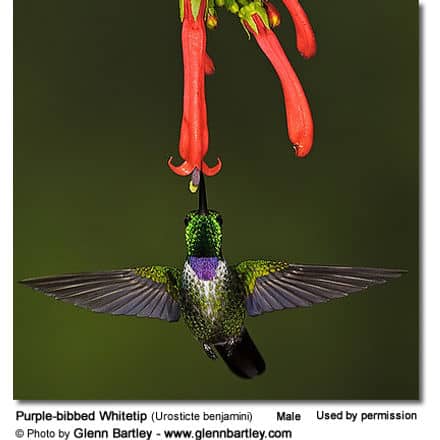
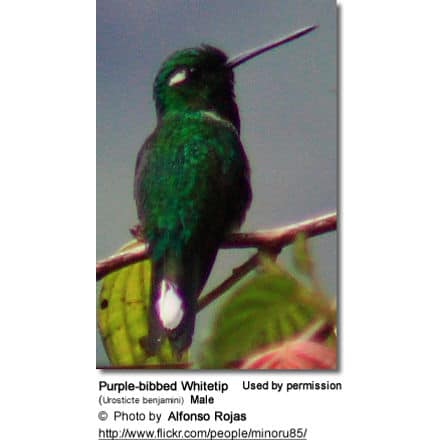
Nesting / Breeding
Hummingbirds are solitary in all aspects of life other than breeding, and the male’s only involvement in the reproductive process is the actual mating with the female. They neither live nor migrate in flocks, and there is no pair bond for this species. Males court females by flying in a U-shaped pattern in front of them. He will separate from the female immediately after copulation. One male may mate with several females. In all likelihood, the female will also mate with several males. The males do not participate in choosing the nest location, building the nest, or raising the chicks.
The female is responsible for building the cup-shaped nest out of plant fibers woven together and green moss on the outside for camouflage in a protected location in a shrub, bush, or tree. She lines the nest with soft plant fibers, animal hair, and feathers down, and strengthens the structure with spider webbing and other sticky material, giving it an elastic quality to allow it to stretch to double its size as the chicks grow and need more room. The nest is typically found on a low, thin horizontal branch.
The average clutch consists of one white egg, which she incubates alone, while the male defends his territory and the flowers he feeds on. The young are born blind, immobile, and without any down.
The female alone protects and feeds the chicks with regurgitated food (mostly partially digested insects since nectar is an insufficient source of protein for the growing chicks). The female pushes the food down the chicks’ throats with her long bill directly into their stomachs.
As is the case with other hummingbird species, the chicks are brooded only the first week or two and are left alone even on cooler nights after about 12 days – probably due to the small nest size. The chicks leave the nest when they are about 20 days old.
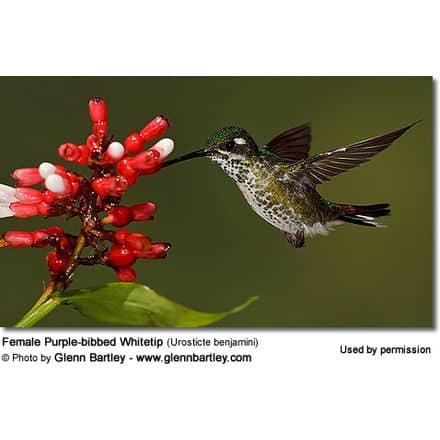
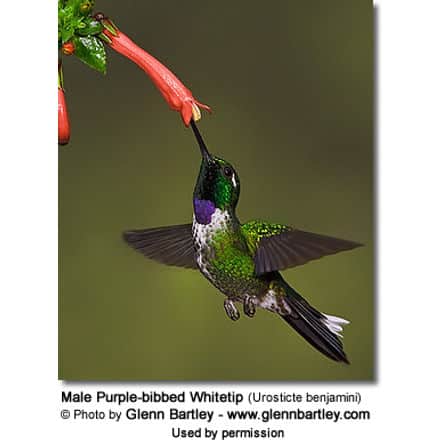
Diet / Feeding
The Purple-bibbedprimarily feeds on nectar taken from a variety of brightly colored, scented small flowers of trees, herbs, shrubs, and epiphytes.
Hummingbird Resources
- Hummingbird Information
- Hummingbird Amazing Facts
- Attracting Hummingbirds to Your Garden
- Hummingbird Species
- Feeding Hummingbirds



